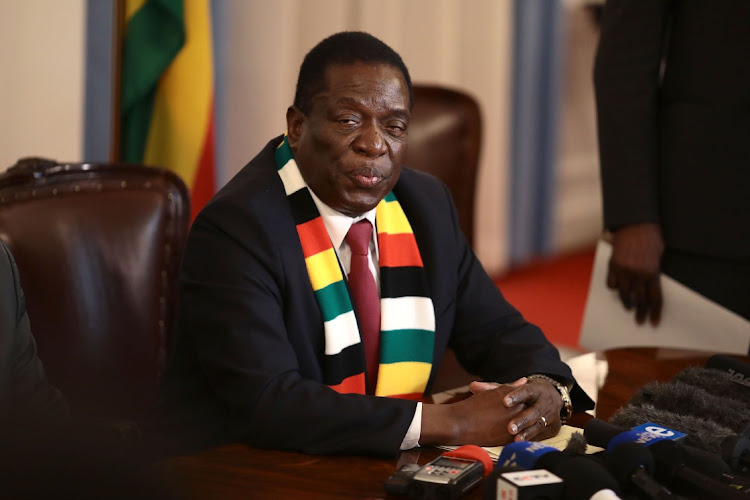THE government says the food security Zimbabwe now enjoys is testament to how the Presidential Inputs Scheme is transforming subsistence farming into a commercially viable venture.
With food security now achieved, President Emmerson Mnangagwa has now set his sights on making communal farmers consistently contribute to the country’s economy in line with the ambitious Agriculture and Food Systems Transformation Strategy (2020- 2025) which he launched in 2020.
Apart from promoting food security, the strategy, among other things, seeks to ensure that by 2025 Zimbabwe would have limited food imports, increased agricultural exports, and created at least one million jobs in the agriculture sector.
“Three million households … we want to transform them from subsistence farming to commercial farming through interventions such as Pfumvudza/Intwasa.
“After securing food for their own consumption, they will supply 60 percent of the maize they produce to the Grain Marketing Board (GMB) as well as produce maize consumed in urban areas,” said Agriculture minister Anxious Masuka.
Last year, 3.5 million communal, A1, small-scale commercial, old resettlement and peri-urban farmers were assisted by the government.
Unlike in the past when farmers in low-rainfall agro-ecological regions could be given seed unsuitable for their areas, over the past two years the majority of farmers in these areas received crop input packages for traditional grains under the Climate-Proofed Presidential Inputs Scheme, popularly known as Intwasa/Pfumvudza.
This 2022/23 season, under Intwasa/Pfumvudza, two million hectares were put under maize, with sorghum accounting for 380 000 hectares, while 250 000 hectares were put under pearl millet. In a bid to accelerate rural modernisation and industrialisation, the Pfumvudza/ Intwasa scheme now includes cotton.

According to a government report, thousands of households have been added to the programme. In the past, the scheme benefited around 155 000 households in support of the Government’s poverty alleviation strategy, but it has now grown in leaps and bounds to benefit over 500 000 households.
As a result of the Pfumvudza/Intwasa programme, capacity utilisation in the sector has increased in a big way.
“Seed cotton production volumes increased from 10 800mt in 2016 to 116 053mt in 2020/21 season, a growth of 975 percent. “Operating capacity utilisation also grew from 10 percent to 100 percent. Cottco is now outsourcing ginning from other ginners with idle capacity on a toll ginning arrangement,” read the report.z
“This has resulted in export revenue growing from US$4,5 million to around US$85 million in 2017/18 season, Cottco is expecting to bring at least US$60 million as export revenue in the current marketing season-ending March 31, 2022.”








